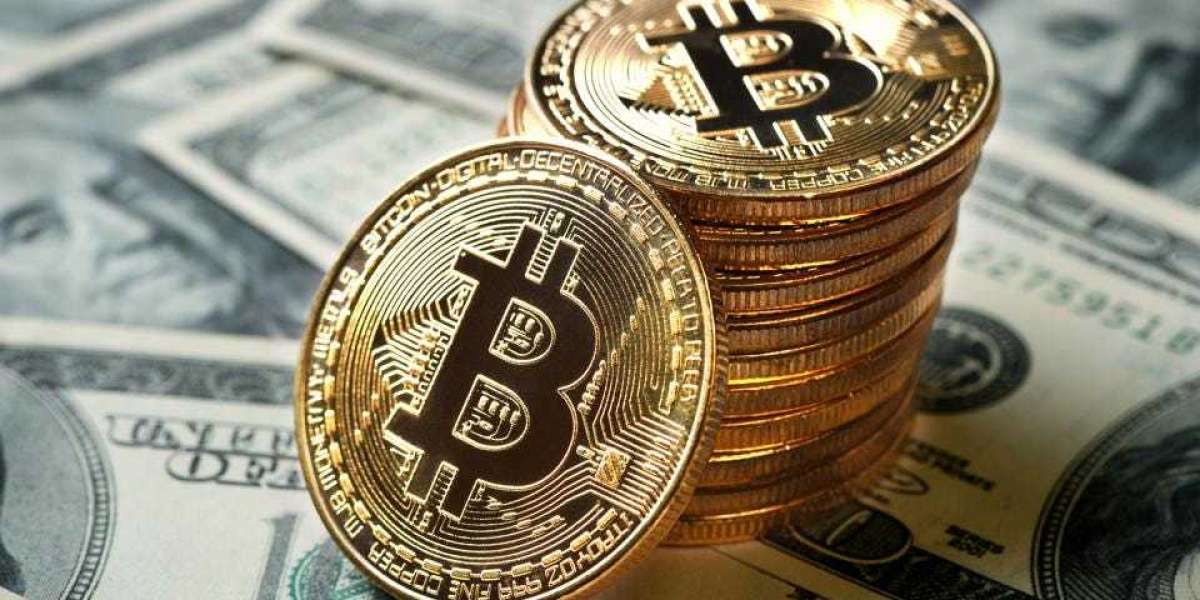A DApp, short for decentralized application, is a type of application that operates on a decentralized network, usually powered by blockchain technology. Unlike traditional apps that are controlled by a central authority, DApps are designed to be open, transparent, and resistant to censorship.
Let's break it down further. In a traditional app, like the ones you use on your phone, all the data and processes are stored and controlled by a central entity, like a company or organization. This means that if the central authority decides to shut down the app or manipulate the data, they have the power to do so.
On the other hand, DApps operate on a decentralized network, which means that the data and processes are distributed across multiple computers or nodes. These nodes work together to validate and record transactions, ensuring the security and integrity of the application. Because there's no single point of control, it's difficult for any one entity to manipulate the data or shut down the app.
One of the key technologies that powers DApps is blockchain. You might have heard of blockchain in the context of cryptocurrencies like Bitcoin. Blockchain is a distributed ledger that records all the transactions in a transparent and immutable way. Each transaction is added to a "block," which is then linked to the previous blocks, creating a chain of information. This ensures that the data stored in a DApp is tamper-proof and can be verified by anyone.
DApps can be used in various industries and for different purposes. For example, in finance, DApps can enable peer-to-peer lending, decentralized exchanges, or even create new forms of digital currencies. In gaming, DApps can offer unique virtual assets that players can own and trade. Social media DApps can prioritize user privacy and data ownership, giving users more control over their personal information.
One of the advantages of DApps is that they often have built-in incentives for users to participate in the network. For example, some DApps reward users with tokens or cryptocurrency for contributing computing power or validating transactions. This can create a more inclusive and collaborative ecosystem, where users are actively involved in the growth and success of the application.
Of course, like any technology, DApps also have their challenges. They can be slower and less scalable compared to traditional apps, and the user experience might not be as polished. However, as the technology continues to evolve, these issues are being addressed, and we can expect more user-friendly







